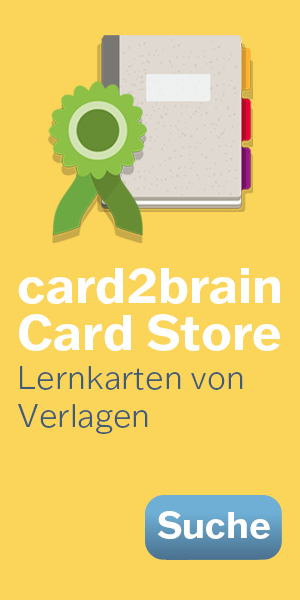APICS 1
Fundamentals of Supply Chain Management
Fundamentals of Supply Chain Management
10
0.0 (0)
Mario Aeschlimann
Mario Aeschlimann
Kartei Details
| Karten | 10 |
|---|---|
| Lernende | 12 |
| Sprache | Deutsch |
| Kategorie | VWL |
| Stufe | Grundschule |
| Erstellt / Aktualisiert | 02.04.2012 / 05.03.2024 |
| Weblink |
https://card2brain.ch/box/apics_1
|
| Einbinden |
<iframe src="https://card2brain.ch/box/apics_1/embed" width="780" height="150" scrolling="no" frameborder="0"></iframe>
|
